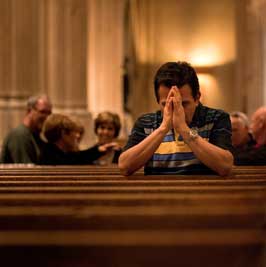Case Study #1
 The subject church was assigned a Benchmark Budget repair fund target of $82,000. Donors raised $68,520, falling short of the target and raising only 86.6% of goal. At the $82,000 goal, its targeted gain in worship attendance at the end of Year 3 was 72 attendees. Relative to the actual funding level achieved, the targeted gain in worship attendance was revised to 60.
The subject church was assigned a Benchmark Budget repair fund target of $82,000. Donors raised $68,520, falling short of the target and raising only 86.6% of goal. At the $82,000 goal, its targeted gain in worship attendance at the end of Year 3 was 72 attendees. Relative to the actual funding level achieved, the targeted gain in worship attendance was revised to 60.
The subject church did not experience any substantial change in staff. The founding senior pastor continued his appointment throughout the project. The only significant challenge facing the church was the coincidence of the initiation of the Benchmark Project and the start of a debt reduction capital campaign. The subject church will complete Year 3 at the end of August 2016.
An interim evaluation reveals that between 2012 and 2015, average worship attendance increased 5.4%. During the previous three years (2009-2012), its average worship attendance decreased by 11.9%. The targeted total worship attendance at the end of Year 3 at the $82,000 funding level was 1,162. Actual worship attendance during 2015 to date has been 1,149. The modified target at the actual funding level of $68,520 was predicted to be 1,150 — virtually equal to the actual worship attendance figure.
Based on the modified Benchmark Project funding level we predicted that total giving to the operating budget would be $2,953,545 in 2015. However, we found that giving to the operating budget was $2,998,365 for 2015. Giving to the 2015 operating budget exceeded the predicted value by nearly $45,000. Over the period beginning 2012 and ending 2015 giving to the operating budget increased by 6.9%.






